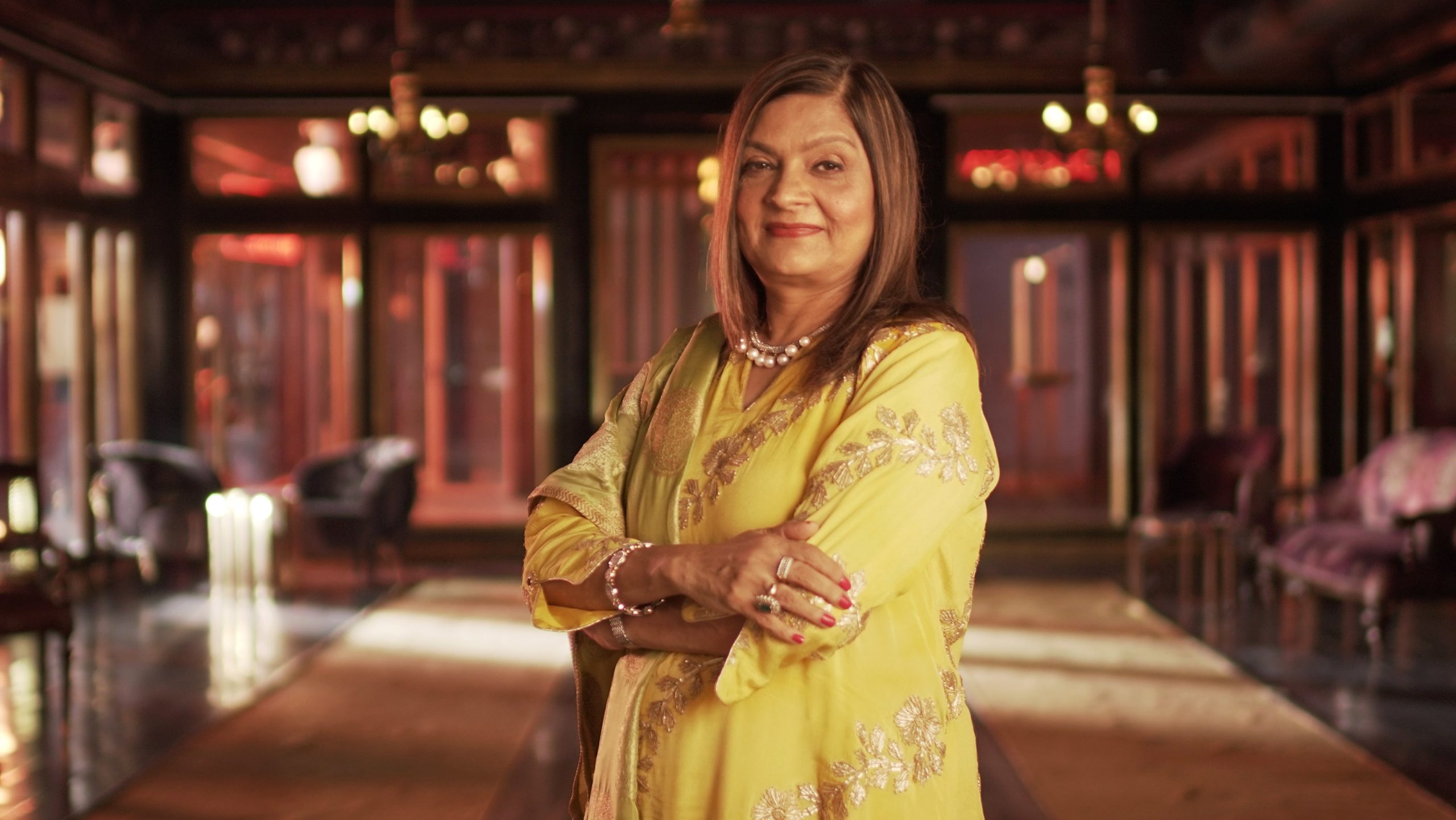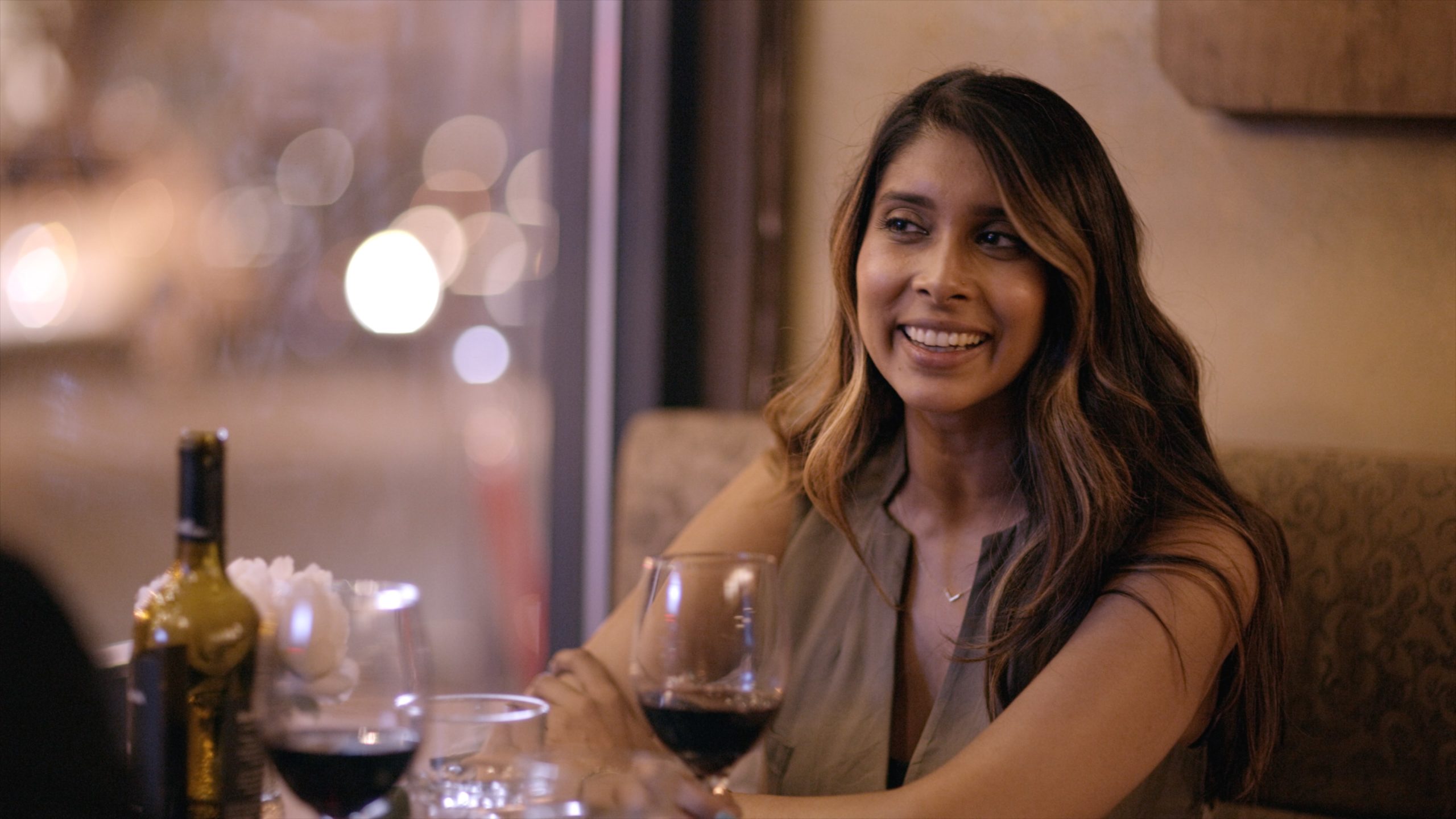Netflix keeps making regressive reality TV because people keep watching it.
Akhil Arora, a member of the Film Critics Guild and a Rotten Tomatoes-certified film critic

Earlier in July, a section of Indian Twitter—involving those from the country and many of Indian origin across the world—blew up hate-watching Indian Matchmaking, a new Netflix reality series that follows a Mumbai-based matchmaker’s millennial clientele across the US and India as they search for a prospective partner. Many felt that it was problematic that the show didn’t address colourism and in turn, normalised the clients’ “preferences”. Others lamented how Indian Matchmaking was essentially reinforcing stereotypes. And some blasted Netflix—albeit Netflix India incorrectly, unaware that it’s a Netflix US production—for making it in the first place.
“Traditional” India
They’re mostly right. Indian Matchmaking is filled with colourism, misogyny, body shaming, casteism, xenophobia, and other ill-conceived biases of the Indians on the show, including the matchmaker herself: Sima Taparia. She repeatedly uses the words “fair” and “tall” with a positive connotation. She gives in to poor justification and over-generalisation.
But it extends beyond that. Taparia talks about marriage as an “alliance” between two families that have a lot at stake in terms of money and reputation. There seems to be little to no consideration for the two humans at the centre of it. In fact, she decries the fact that arranged marriages don’t go “smoothly” today because the boy or girl can refuse.
When a fellow matchmaker advises her to ask people why they want to get married, she laughs it off.
Indian Matchmaking does hint at times that not all of it might be Taparia’s own thoughts. Rather, she is putting herself in the shoes of her small-minded clients. Though given that she’s been doing this for several years, maybe the two are the same now.
After all, her methodology involves the use of astrology, numerology, and “face reading”. When a fellow matchmaker advises her to ask people why they want to get married, she laughs it off. That might be because she believes marriages are “made in heaven”, preordained for a specific time and person.
“My efforts are meaningless if the stars are not aligned,” Taparia says once, a line that has become a meme of sorts since Indian Matchmaking’s release on Netflix.

Matchmaking for TV
And that’s part of the goal here. Indian Matchmaking is about creating easy-to-binge reality TV, which is why they picked someone like Taparia. In an interview, the series’ Oscar-nominated executive producer Smriti Mundhra—the only Indian member on the creative team—described Taparia as “made-for-TV” and “an incredible character”.
Essentially, Taparia is to Indian Matchmaking what Ma Anand Sheela was to Wild Wild Country. Except the latter was a documentary and made sure to question her worldview from various angles. But it’s not like the makers of Indian Matchmaking weren’t capable of that. Mundra co-directed the 2017 documentary A Suitable Girl, which gave us a more nuanced take on the same topic.
It’s meant to paint a picture of arranged marriages as something that truly works, and in turn, justify the conceit of the Netflix series.
But Indian Matchmaking has none of that nuance. You could argue that it’s merely presenting the opinions of the people and thereby, holding up a mirror to society. At times, the Netflix series is somewhat in on the joke, the joke being the ridiculous individuals on screen. The trouble is that its mirror is warped, clouded, and directed towards a tiny sample size. It deals largely with the privileged: upper-class Hindus, Sikhs, and Tamils looking for heterosexual partners. We do get a peek at the problems of arranged marriage, but the ills of the system are much more apparent in a less privileged socioeconomic background.
And the biggest role it plays is through editing. The makers not only decide what’s worth featuring but also how the moments are arranged, to produce the meaning they desire. This results in some of the worst forms of confirmation bias, as Indian Matchmaking trots out a bunch of older arranged-marriage couples who get a minute or two to summarise their happy lives. It’s meant to paint a picture of arranged marriages as something that truly works, and in turn, justify the conceit of the Netflix series. Additionally, it’s all laid over an upbeat cheery soundtrack to further validate its point. But in doing so, it brushes all the downsides under the carpet.

If the audience fits
More importantly, that throws cold water on Indian Matchmaking’s half-intentions of being a documentary. The biggest critique of arranged marriage that the series delivers is a throwaway line from Taparia, who says it will be difficult for a girl to accept someone easily because she’s so educated. That says a lot about the institution of arranged marriage.
But Indian Matchmaking is largely lacking in that regard across its eight episodes, though that facet is also emblematic of what people will devote their time to. Mundhra argued as much in her aforementioned interview: “Far more people are going to see this show than have seen my film.” If Indian Matchmaking was more of a documentary akin to A Suitable Girl, it’s very likely that it wouldn’t draw as much of a viewership.
That’s the variable that not many hate-watching viewers are addressing here: themselves. A hate view is the same as a regular view. The likes of Netflix may not share numbers for the most part, but they do use them internally to decide on future seasons and projects. Netflix makes a lot of cringe-worthy, regressive, trope-heavy reality TV—from Too Hot to Handle to Love Is Blind—and it keeps making them because people keep watching them. If Indian Matchmaking gets a season 2, you know where to look.
You could argue that the attention devoted to such shows on the Internet is also part of the problem. And by extension, this piece itself. What can I say, I’m in the same boat as Taparia and Mundhra—I serve the audience.
- Every Indian Netflix original movie, ranked – October 25, 2024
- The opening night of the 2024 MAMI Mumbai Film Festival was a joke – October 19, 2024
- Agatha All Along episode 5: what time is it out? – October 9, 2024

What do you think?